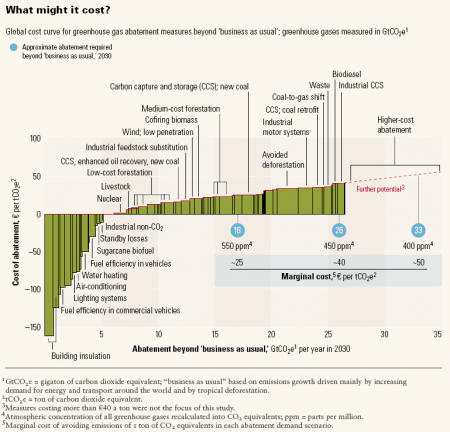
This Ron Rosenbaum article in Slate argues that it is inappropriate for journalists to portray “the anthropogenic theory of global warming” as an undisputed fact. It cites the importance of considering dissenting views, and asserts that the history of science shows that a consensus held by most of the scientific community can be wrong. While there is some value to both arguments, I think they are weaker than the counter-arguments, in this case.
Starting with dissent, we need to appreciate the character of the consensus on climate change and the character of opposition to it. As discussed here before, there are areas of greater and lesser certainty, when it comes to climate change. What is absolutely certain is that we are increasing the concentration of greenhouse gasses in the atmosphere and that, in turn, causes more energy from the sun to be absorbed. The precise consequences of that overall warming are not known with certainty, but we do know enough to have very good reason to be worried. Arguably, those dissenting from this view are a combination of the self-interested (industrial groups reliant upon heavy emissions, conservative ideologues opposed to government regulation) and conspiracy theorists. The doubts of legitimate scientists establish the areas of uncertainty within climatic science, including questions about the strength of feedback mechanisms, the effects of planetary warming on regional weather, and so forth.
On the matter of scientific consensus, the article argues that a “lone dissenting voice of that crazy guy in the Swiss patent office” overthrew the Newtonian conception of gravity. This is a relatively absurd claim. Firstly, relativistic physics essentially includes Newtonian physics as a special case, in situations where velocities are not close to the speed of light and massive objects are not close at hand. Secondly, the process through which Relativity became an established scientific theory was largely focused on the collection of empirical evidence (demonstrations of gravitational lensing, for instance) and the refinement of the theory within the scientific community. Newtonian physics, for its part, is still completely adequate for planning space voyages within our solar system – the basic relationships posited within it are close to correct in most cases. If we have done so well with our climate models, we have engineered them effectively indeed.
Relations between science and the media will always be challenging. The media generally doesn’t have the time, expertise, or interest to deal with nuance. It also lacks an audience interested in cautious and non-confrontational assessments of fact. In short, the kind of story that is demanded of the media is one in which the scientific process and the character of scientific conclusions cannot always be presented effectively. Moderating some of the incentives to distort that are inherent to the contemporary practice of journalism is thus an undertaking with some merit. It is not as though we should forbid any mention of opposition to our general understanding of climate change; rather, journalists should strive to make clear that the evidence on one side is overwhelmingly stronger than that on the other. A defendant who was seen to stab someone in the middle of the field at the Super Bowl, viewed by millions of people, surely has the right to make a defence at his trial. He does not have the right to media coverage that gives equal weight to claims that he had nothing to do with the death.





